Choosing the perfect neighborhood is a crucial aspect of the home-buying process. It can greatly impact your client’s quality of life, as well as the value of their investment. As a real estate agent, it’s your job to help guide them through this decision-making process.
By taking the time to understand your client’s needs, and with a little research, you can provide valuable insight.
Above all else, real estate is about making the customer happy. With that in mind, we’ll discuss some tips and strategies for helping your client choose the perfect neighborhood.
Understanding your client’s needs
Before you can start looking at specific neighborhoods, it’s important to understand your client’s needs and preferences. This will help you narrow down the options you find on the MLS and find the best fit.
Start by asking your client about their lifestyle preferences. Do they enjoy the hustle and bustle of a city, or do they prefer a quieter suburban setting? Are they looking for a family-friendly neighborhood or one that’s more geared towards young professionals?
As an example, let’s take a look at the top neighborhoods of Savannah, GA. For someone looking to be in the middle of the action, or interested in historic homes, downtown might be the answer. Whereas someone who values peace and natural beauty may prefer a home in the islands.
Next, discuss your client’s budget and financial goals. Are they looking for an up-and-coming neighborhood with potential for future appreciation? Or are they looking for a more established area with stable property values? Do they have a specific price range in mind?
It’s also important to consider your client’s family size and future plans. Are they planning on starting a family or are they empty nesters? Do they have children who will need access to good schools? Will they need to accommodate aging parents or relatives?
Finally, consider your client’s commute preferences. How important is proximity to work or public transportation? Are they willing to trade a longer commute for a larger home or more affordable property taxes? By understanding your client’s needs and preferences, you’ll find the right neighborhood that fits their unique lifestyle and goals.
Researching neighborhoods
Once you have a good understanding of your client’s needs and preferences, it’s time to start researching different neighborhoods. This will help you narrow down the options and find the best fit. Here are some key factors to consider when researching neighborhoods:
- Market analysis: Start by analyzing the local real estate market. Look at recent sales data, current property values, and market trends. This will help you identify neighborhoods that are within your client’s budget and have potential for future appreciation.
- Local demographics and crime rates: It’s important to research the demographics of each neighborhood. This includes age ranges, income levels, and ethnic diversity. Additionally, examine crime rates in the area to ensure your client feels safe and secure in their new home.
- Local amenities and entertainment options: Consider the proximity of the types of amenities that your client values. This will help you in making a more personalized recommendation.
- School districts and educational opportunities: You’ll want to consider the quality of local schools and educational opportunities. Research the school district’s performance metrics. Even if they don’t have children, homes in top school districts tend to have better appreciation rates.
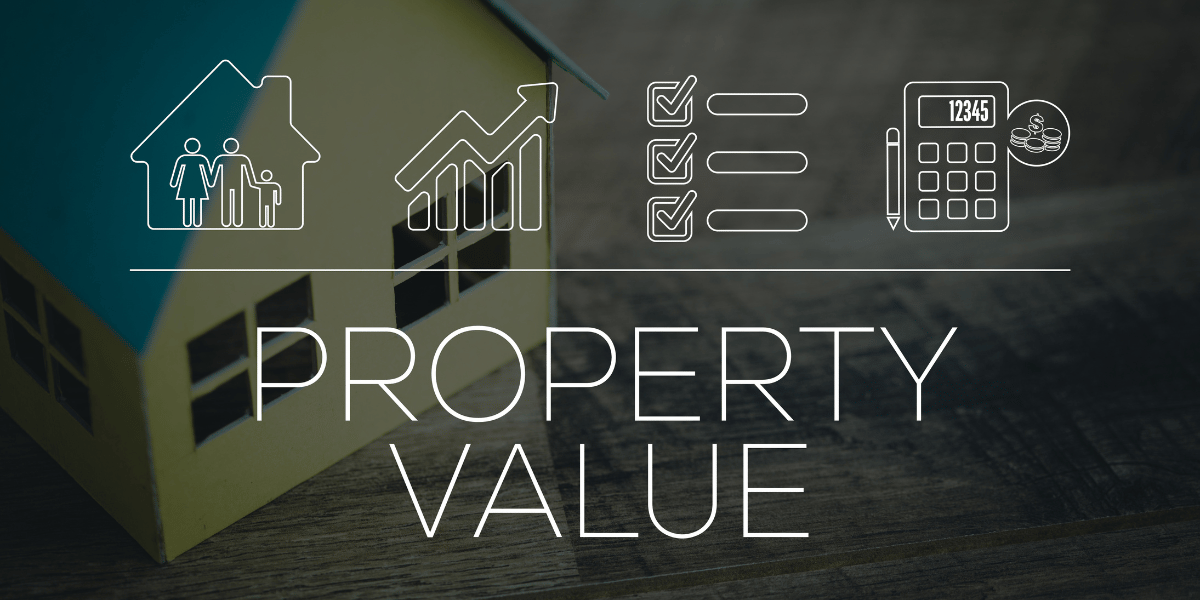
Assessing Neighborhood Property Values
Another key factor to consider is the value of the properties in the area. Here are some key factors to consider when assessing neighborhood property values:
- Determining property appreciation rates: Look at historical property values in the area to see how they have appreciated over time. This will give you a good indication of whether the neighborhood is a good long-term investment opportunity.
- Analyzing recent sales data: Review recent sales data to determine what properties are selling for in the area. This will help you determine whether the neighborhood is within your client’s budget and how competitive the market is.
- Discussing potential long-term investment opportunities: Consider whether the neighborhood has potential for future appreciation. For example, is there a new development planned that will increase property values? Are there any infrastructure improvements planned that will make the neighborhood more attractive to potential buyers?
- Advising on neighborhood market trends: Analyze the local market to determine whether it is a buyer’s or seller’s market. This will help you advise your client on whether it’s a good time to buy. And additionally what they can expect in terms of competition and pricing.
Guiding Your Client Through the Decision-Making Process
Now that you’ve analyzed different neighborhoods, it’s time to guide your client through the decision-making process. Here are some key factors to consider when helping your client make a final decision:
- The pros and cons of each neighborhood: Sit down with your client and review the pros and cons of each neighborhood. This will help them weigh their options and make an informed decision.
- Future development plans: If there are any future development plans in the area, discuss their potential impact on property values. This will help your client make a more informed decision about whether to invest in the neighborhood.
- Providing additional resources to help clients make informed decisions: Offer your clients additional resources. Things such as local school district information, crime statistics, and historical property value data, to help them make an informed decision.
- Ensuring that clients are comfortable with their final choice: Finally, make sure that your client is comfortable with their final decision. Encourage them to take their time and not rush into anything. In addition, be available to answer any questions they may have throughout the process.
Conclusion
Choosing the right neighborhood is a critical decision when buying or renting a property. It can impact your client’s lifestyle, budget, and long-term investment potential. As a real estate agent, it’s your job to help your client make an informed decision.
By conducting thorough research you can help your clients find a neighborhood that meets their needs and provides long-term value.
It’s important to remember that as a real estate agent, your value goes beyond just finding properties for your clients. You’re there to provide expertise, guidance, and support throughout the entire process. By doing so, you can help your clients feel confident and comfortable with their decision.
Choosing the right neighborhood is an important decision that requires careful consideration. As a real estate agent, you can provide the expertise and guidance your clients need to make an informed decision and find the right neighborhood that meets their needs.














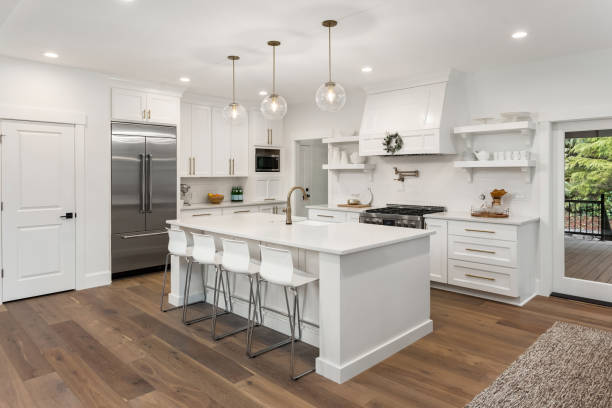
















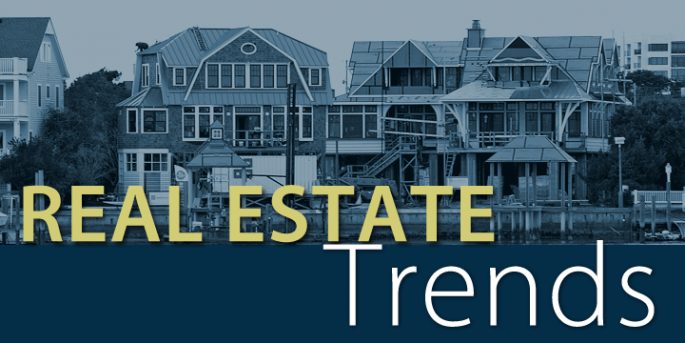
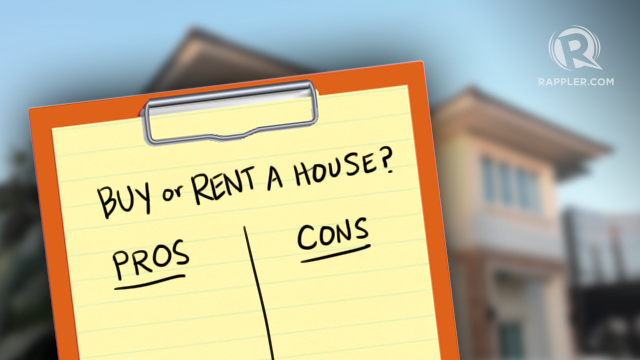
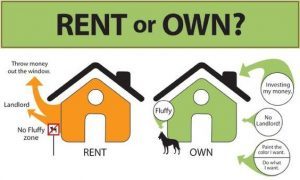 In conclusion, when asking is this the
In conclusion, when asking is this the 